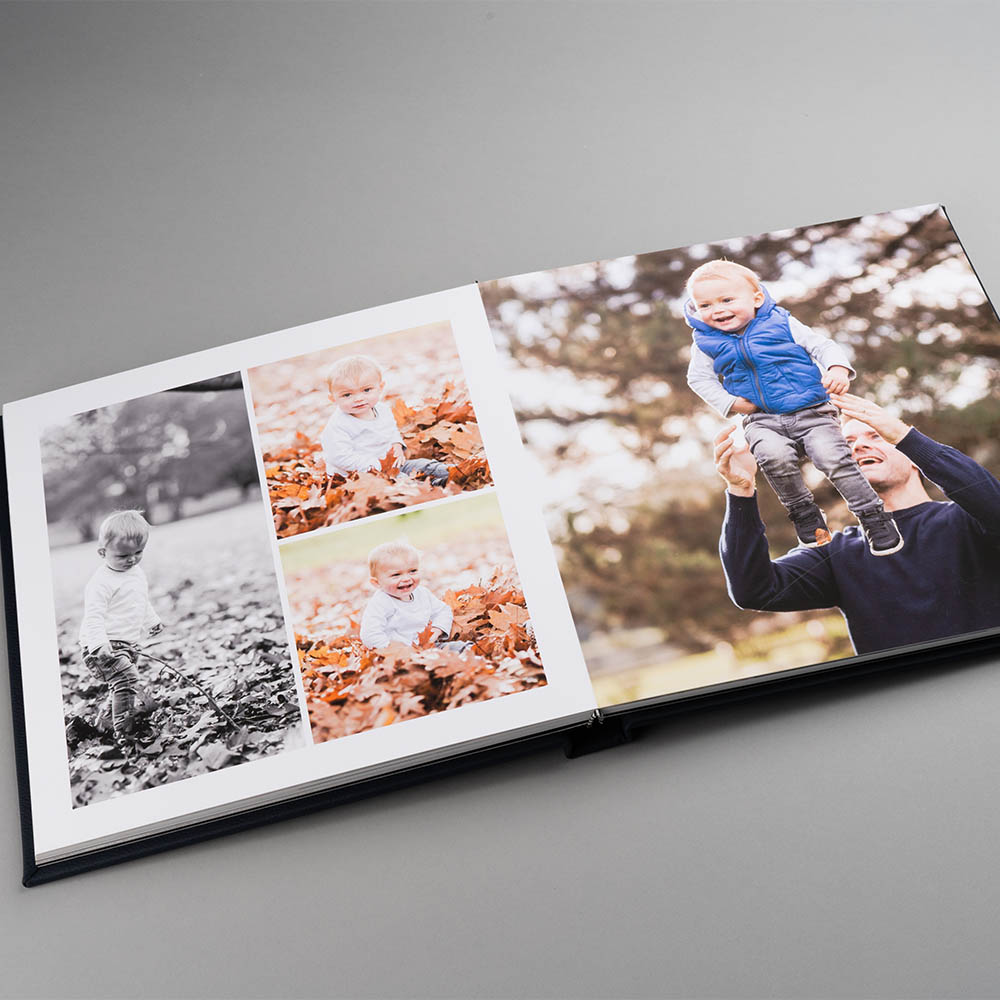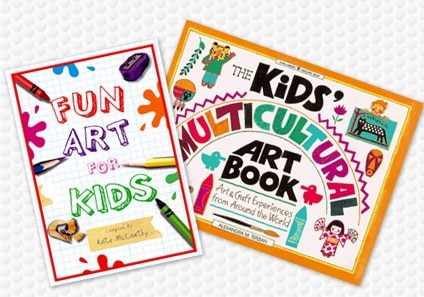The Complete Checklist for Printing a Successful art book
The Complete Checklist for Printing a Successful art book
Blog Article
Comprehending the Refine Behind Top Quality Art Book Printing for Art Lovers
When it comes to top quality art book printing, comprehending the intricacies of the process can raise your admiration for the last item. As you explore the different components of art book printing, you'll discover insights that might change your perspective on art preservation and presentation.
The Significance of Paper Option in Art Book Printing
When it pertains to art book printing, the option of paper can make or damage the last product. You want your art work to beam, and the best paper boosts shade vibrancy and information. Consider aspects like weight, appearance, and finish; these elements significantly affect just how readers view your job.
For example, a larger supply conveys quality and longevity, while a distinctive coating can include depth to images. Smooth paper is outstanding for comprehensive reproductions, enabling fine lines and subtle shades to appear crisp.
Do not ignore the paper's brightness; a brighter sheet can help shades pop, making your art more attractive. You'll likewise want to assume regarding exactly how the paper interacts with inks and whether it can take care of the printing procedure without contorting or bleed-through. Inevitably, selecting the ideal paper establishes the stage for your art, ensuring it records the target market's focus equally as you imagined.
Selecting the Right Inks for Dynamic Recreations
Choosing the appropriate inks is simply as crucial as choosing quality paper to achieve vivid recreations in your art book. When you're printing artwork, you want shades that stand out and accurately represent the initial piece. Opt for inks with a high pigment focus; these have a tendency to produce richer and extra saturated shades.
You may consider making use of archival inks, which stand up to fading in time, guaranteeing your art book stays as striking as the day it was printed. If you're functioning with pictures or digitally developed art, pigment-based inks can supply a wider shade range, improving information and deepness.
Don't ignore the coating! Matte and glossy inks can significantly modify the appearance of your artwork, so assume about the look you're aiming to achieve - art book. Ultimately, the ideal ink selection matches your paper option, creating a sensational visual experience for your viewers
The Function of Shade Management in Publish Quality
Color administration plays an essential function in attaining high print quality for your art book. It ensures that the colors you see on your screen equate properly to the printed page. Without efficient color monitoring, your lively artworks may appear boring or altered, threatening your creative vision.
To begin, adjust your monitor routinely. This action helps keep consistent shade depiction. Next off, make use of color profiles tailored for your printer and paper type. These accounts guide the printer in recreating shades accurately, decreasing disparities in between digital and published versions.
When you prepare your files, take into consideration utilizing a color room like Adobe RGB or CMYK, relying on your printer's specs. Constantly proof your work, also; a test print can expose any kind of prospective shade issues before the final run. By prioritizing shade management, you safeguard the honesty of your art, guaranteeing your audience experiences it as you meant.

Understanding Various Binding Techniques
Accomplishing the excellent try to find your art book exceeds color monitoring; binding methods likewise play a substantial duty in its total presentation and toughness. You have numerous alternatives to assess, each with its own distinct attributes.
If you're intending for a professional feeling, situation binding supplies a sturdy option with a difficult cover, excellent for showcasing your art work. On the other hand, excellent binding supplies an adaptable back while maintaining expenses down, making it a prominent choice for softcover books.
Spiral binding permits your art book to lay level, which is terrific for showing images without blockage. At the same time, saddle stitching is excellent for smaller sized pamphlets, offering a clean coating without the mass.
Inevitably, the binding technique you choose ought to show your imaginative vision and how you desire viewers to involve with your work. Make sure to consider these options meticulously to accomplish the my explanation best outcome for your project.
The Influence of Publish Size and Format on Presentation
While the selection of print size and layout might seem additional to web content, they significantly affect just how your art work is perceived. The dimensions of your prints can either boost or diminish the effect of your items. Bigger prints can draw audiences in, permitting them to value detailed information, visit their website while smaller layouts might need more intimate engagement.

Conservation Strategies for Lasting Art Books
To guarantee your art publications stand the test of time, it's important to carry out efficient preservation strategies. Start by saving them in a great, dry environment, away from direct sunlight and moisture. This stops fading and warping, maintaining your pages undamaged. Use acid-free storage boxes or safety sleeves to protect them from dirt and physical damages.
When managing your books, always wash your hands or wear cotton gloves to prevent oils and dust transferring onto the web pages. Stay clear of bending or creasing the backs; instead, make use of book supports when presenting them.
For added protection, take into consideration buying archival-quality materials for any kind of repair services or improvements. Regularly examine your collection for indications of wear or damages, dealing with concerns promptly. By following these straightforward approaches, you can ensure your art publications continue to be vibrant and easily accessible for several years to come, protecting their charm and worth for future generations.
Collaborating With Printers for Optimum Outcomes
When you're prepared to print your art book, choosing the best printer is important to attaining your vision. Clear interaction concerning your assumptions and requirements will certainly aid ensure that both you and the printer are on the same web page. Let's discover how to make this collaboration as smooth and efficient as feasible.
Choosing the Right Printer

Reliable Communication Strategies
Efficient communication is vital for transforming this post your art book vision into reality, especially when working together with printers. art book. Start by plainly outlining your task's goals, including design components, favored materials, and any kind of details printing techniques. Don't think twice to share your inspirations and referrals; this helps the printer comprehend your aesthetic
Establish regular check-ins to discuss progression and attend to any inquiries. Use visuals, like mock-ups or examples, to share your concepts better. Be open to comments, as printers typically have beneficial insights that can enhance your task. Maintain a favorable relationship by being respectful and pleased of their experience. This partnership will certainly ensure that your art book meets your assumptions and radiates in its last form.
Often Asked Questions
What Prevail Mistakes to Stay Clear Of in Art Book Printing?
When publishing your art book, prevent typical blunders like bad resolution pictures, wrong color profiles, and disregarding page design. Do not forget to proofread and ascertain details to confirm your last product satisfies your assumptions.
How Does Digital Printing Differ From Conventional Printing Approaches?
Digital printing uses electronic data to produce prints directly, allowing for quicker turn-around and personalization. In contrast, typical techniques involve physical plates, which can be time-consuming and less versatile for little runs or distinct designs.
What Is the Common Turnaround Time for Art Book Printing?
The normal turn-around time for art book printing differs, but you can expect it to take anywhere from a few weeks to numerous months. Factors like complexity, amount, and printing technique all affect this timeline.
Can I Print a Minimal Version Art Book Financially?
You can print a restricted edition art book financially by choosing cost-efficient materials, maximizing print runs, and making use of digital printing options. Cautious planning and budgeting will certainly help you accomplish high quality without spending too much.
What Are the Ecological Factors To Consider in Art Book Printing?
When taking into consideration art book printing, you should assume concerning environment-friendly products, lasting inks, and energy-efficient processes (art book). Selecting local printers can also reduce your carbon footprint, making your project both beautiful and environmentally responsible
Report this page